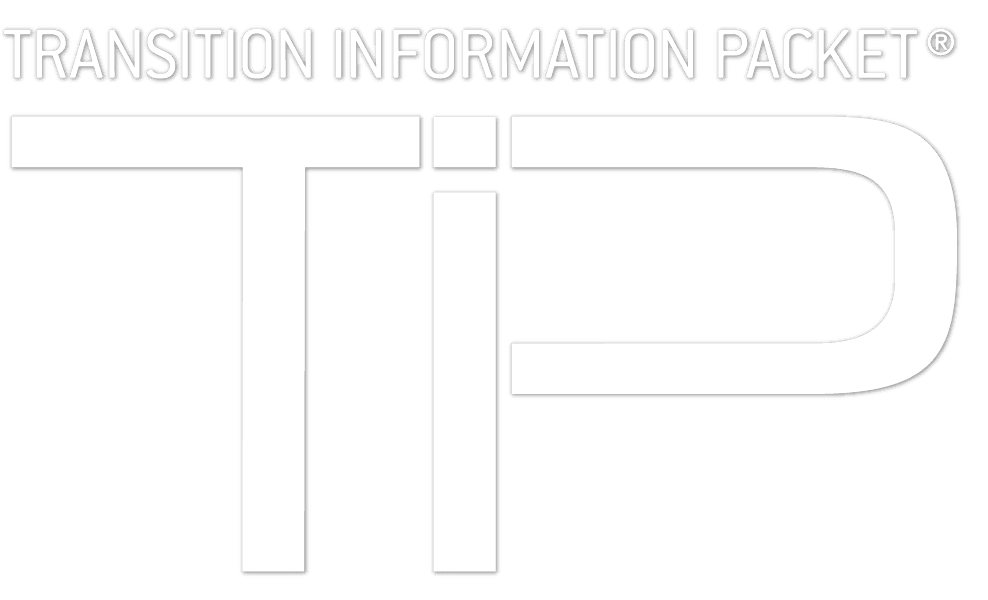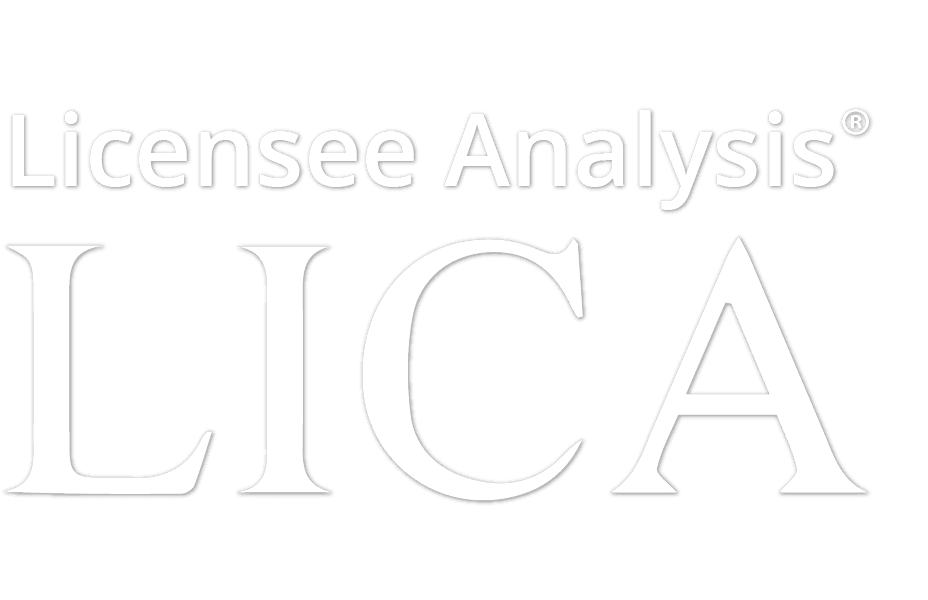As the Department of Defense (DoD), SpaceX and commercial vendors look to increase connectivity and expand available bandwidth, innovators are exploring new ways to fulfill this need. One such approach is through the use of E-band. Recently, the U.S. Federal Communications Commission established that portions of E-band are available in the U.S. for high density, high data rate wireless services that will enable point-to-point communications, SATCOM, and 5G services. Furthermore, the International Telecommunication Union has permitted several bands for radio and satellite operations with SpaceX applying to use portions of E-band in their Starlink Gen2 satellite constellation. The use of E-band offers the potential for many new opportunities, including new high-resolution imaging and surveillance sensors for DoD systems and commercial applications such as autonomous vehicles.
So, what is E-band, and how can it be leveraged for commercial use? In brief, the waveguide E-band is in the EHF range of the radio spectrum (60 GHz to 90 GHz) which corresponds to the recommended frequency band of operation of WR12 waveguides. These frequencies are equivalent to wave lengths between 5 mm and 3.333 mm. In October 2003, the Federal Communications Commission (FCC) ruled that spectrum at 71 to 76 GHz, 81 to 86 GHz and 92 to 95 GHz would be available for high-density, fixed wireless services in the United States. In June 2020, SpaceX applied for use of the E-Band in the Starlink Gen2 constellation. Generation 2 Starlink Gen2 satellites will include 71 – 79 GHz and 81 – 86 GHz operational frequencies. To operate in this range, low noise amplifiers (LNAs) are used to amplify a low strength signal to a significantly high power level while minimizing noise signals to improve the output. Low noise amplifiers are typically made using the following materials: silicon-based LNA, gallium arsenide based LNA and silicon-germanium based LNA.
Low noise amplifiers are most commonly used for radar and communication systems in satellites, aircrafts, and ships, but are also finding opportunities in wireless infrastructure, wireless LAN interfaces, cellular telephone, GPS, LTE, set-top boxes and biomedical devices. The market for LNAs is expected to grow in healthcare, aerospace & defense, consumer electronics, automotive and other applications through the increasing adoption of low noise amplifiers in consumer electronics as well as the healthcare industry. With the United States, South Korea and Japan launching 5G networks, the market potential for low noise amplifiers, which are extensively used in mm-wave phase array technology used in 5G wireless cellular technology, is growing. IndustryARC reports that the global low noise amplifier (LNA) market is estimated to surpass $4.25bn by 2024, growing at a CAGR of 15.23% during the forecast period 2018-2024. This growth is being driven by the increasing design complexity in consumer electronics and the rapid adoption of LTE technology.
Analysts report that some of the key players in the global low-frequency amplifiers market are NXP Semiconductors N.V. (the Netherlands), Analog Devices, Inc. (U.S.), Infineon Technologies AG (Germany), L3 Narda-MITEQ (U.S.), Qorvo, Inc. (U.S.), Skyworks Solutions, Inc. (U.S.), ON Semiconductor Corp. (U.S.), Panasonic Corp. (Japan), Texas Instruments, Inc. (U.S.), Teledyne Microwave Solutions (U.S.), Atmel Corporation (U.S.), Microchip Technology Inc. (U.S.), Toshiba Corporation (Japan), Diodes Incorporated (U.S.) and more. These players are said to make up a highly fragmented market that looks to mergers & acquisitions, innovation, and brand reinforcement among the leading players to maintain and grow their position in the market. This potential and growth is illustrated in the May 2020 SpaceX Application For Approval For Orbital Deployment And Operating Authority For The SpaceX GEN2 NGSO Satellite System before the Federal Communications Commission which discusses the use of E-band in emerging communications applications.



